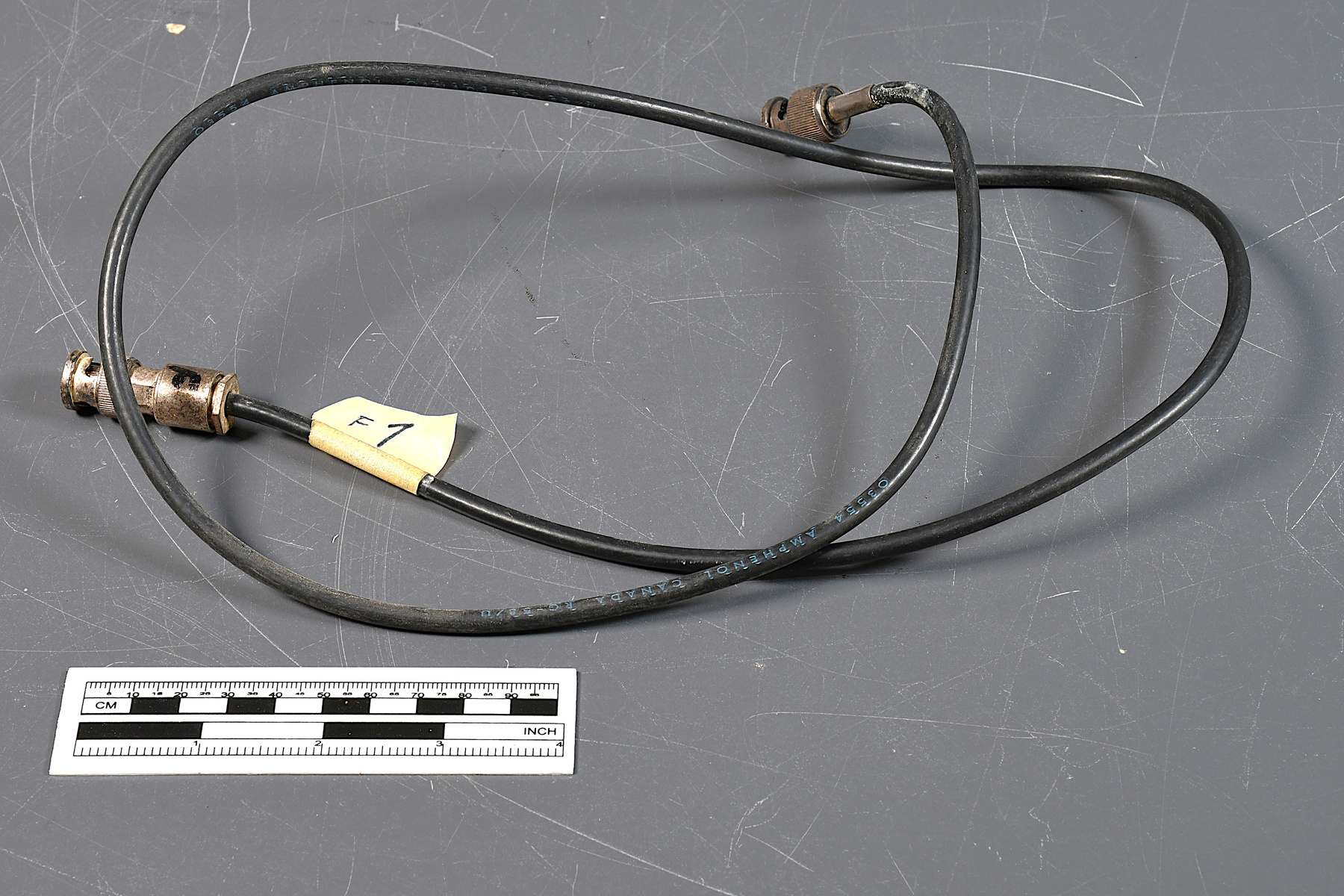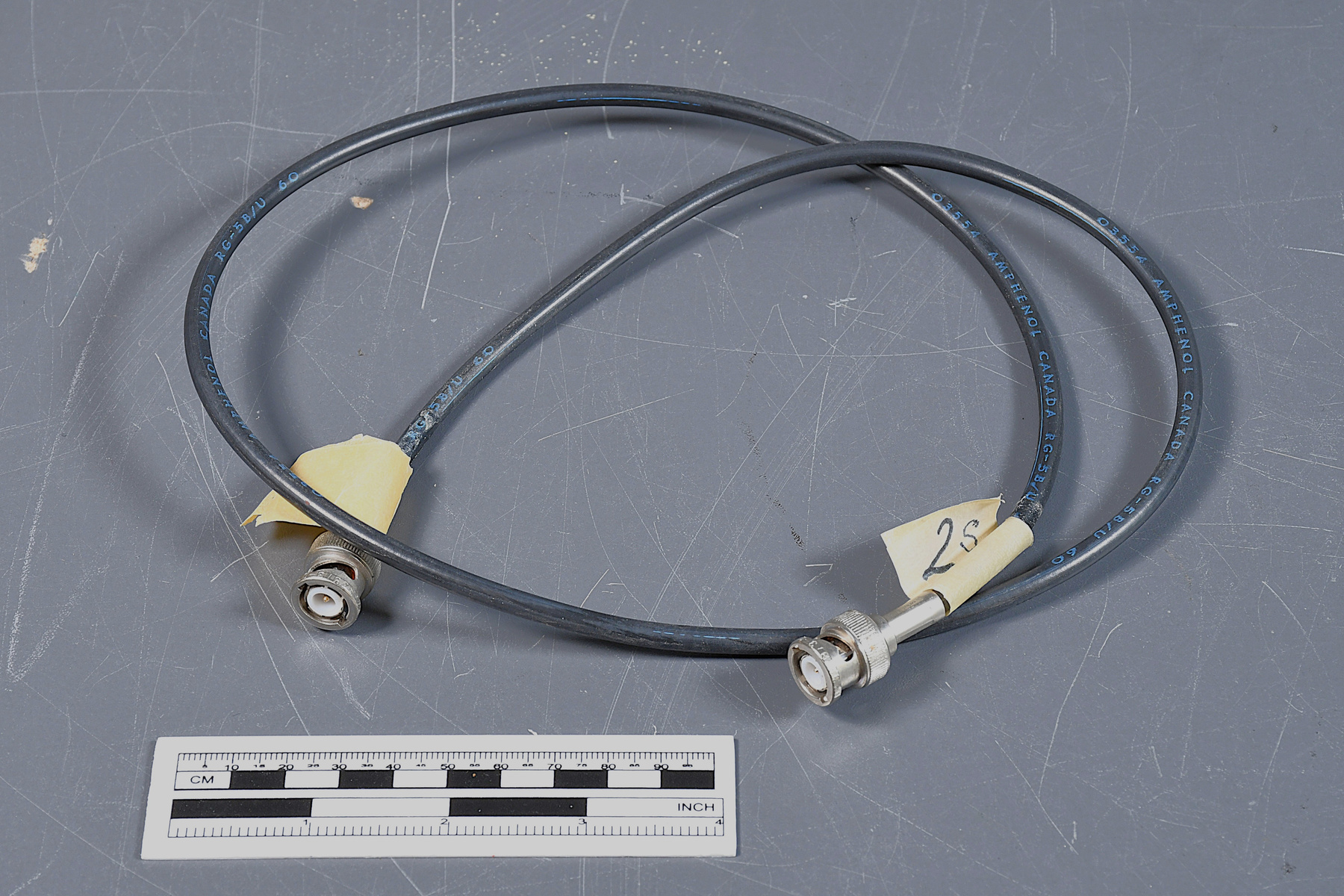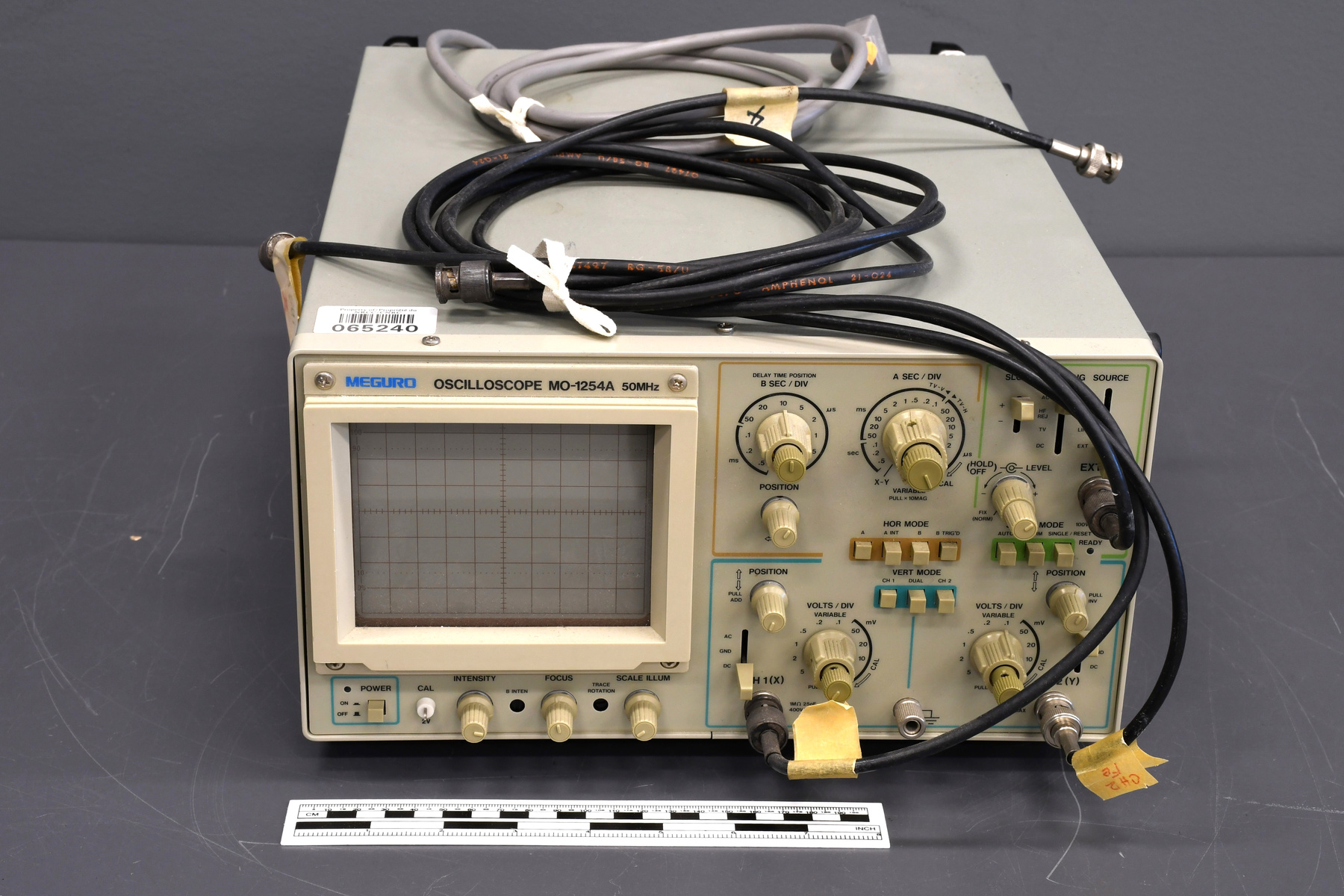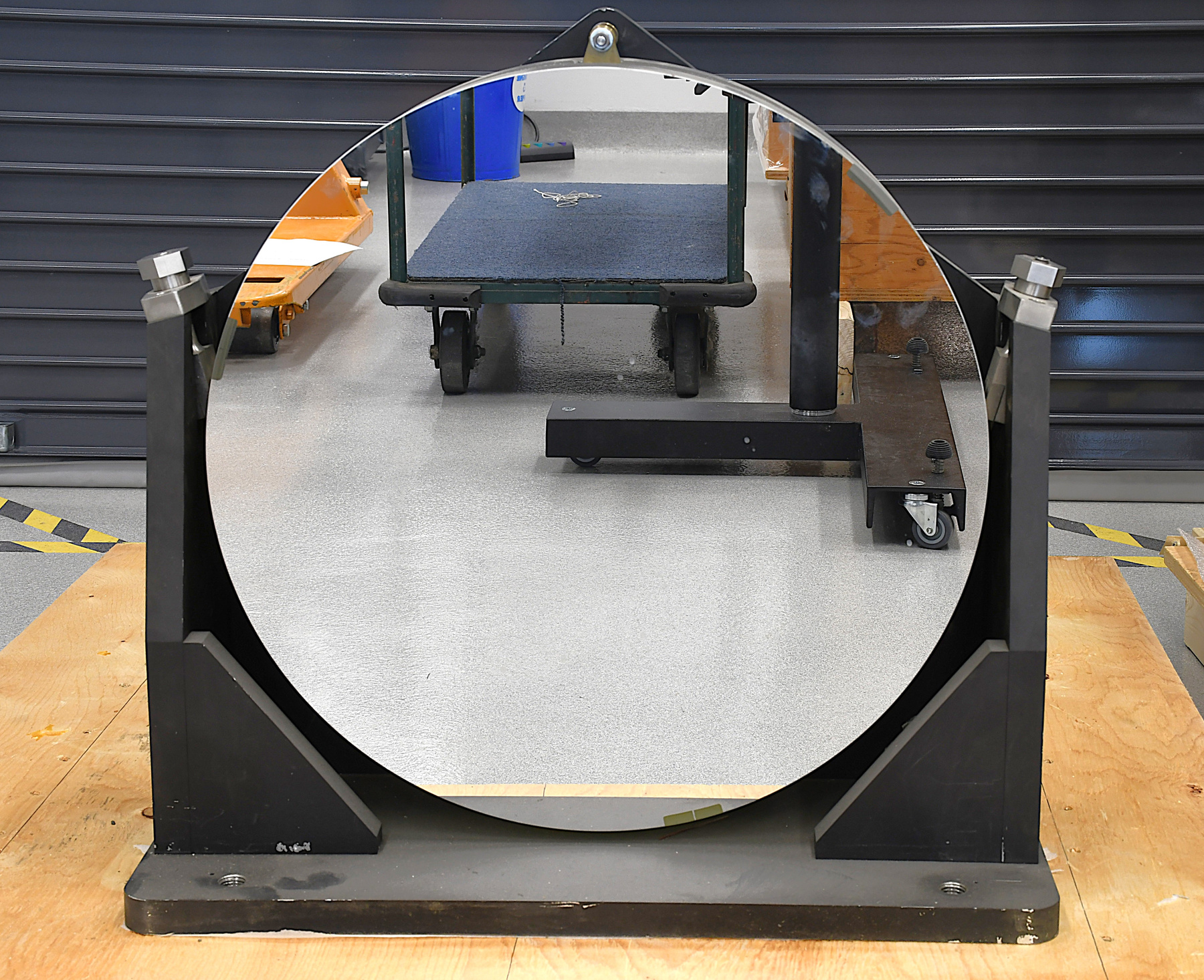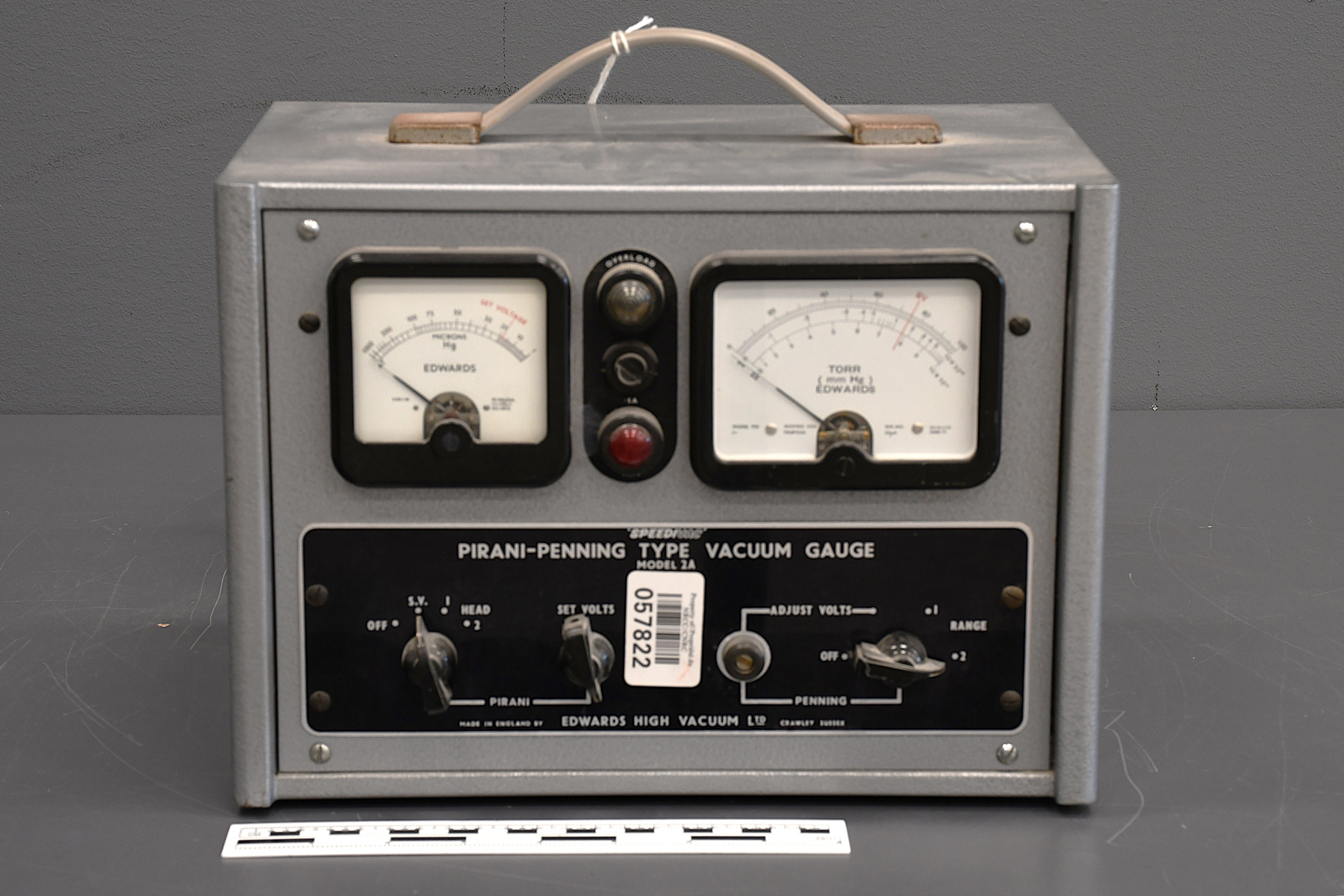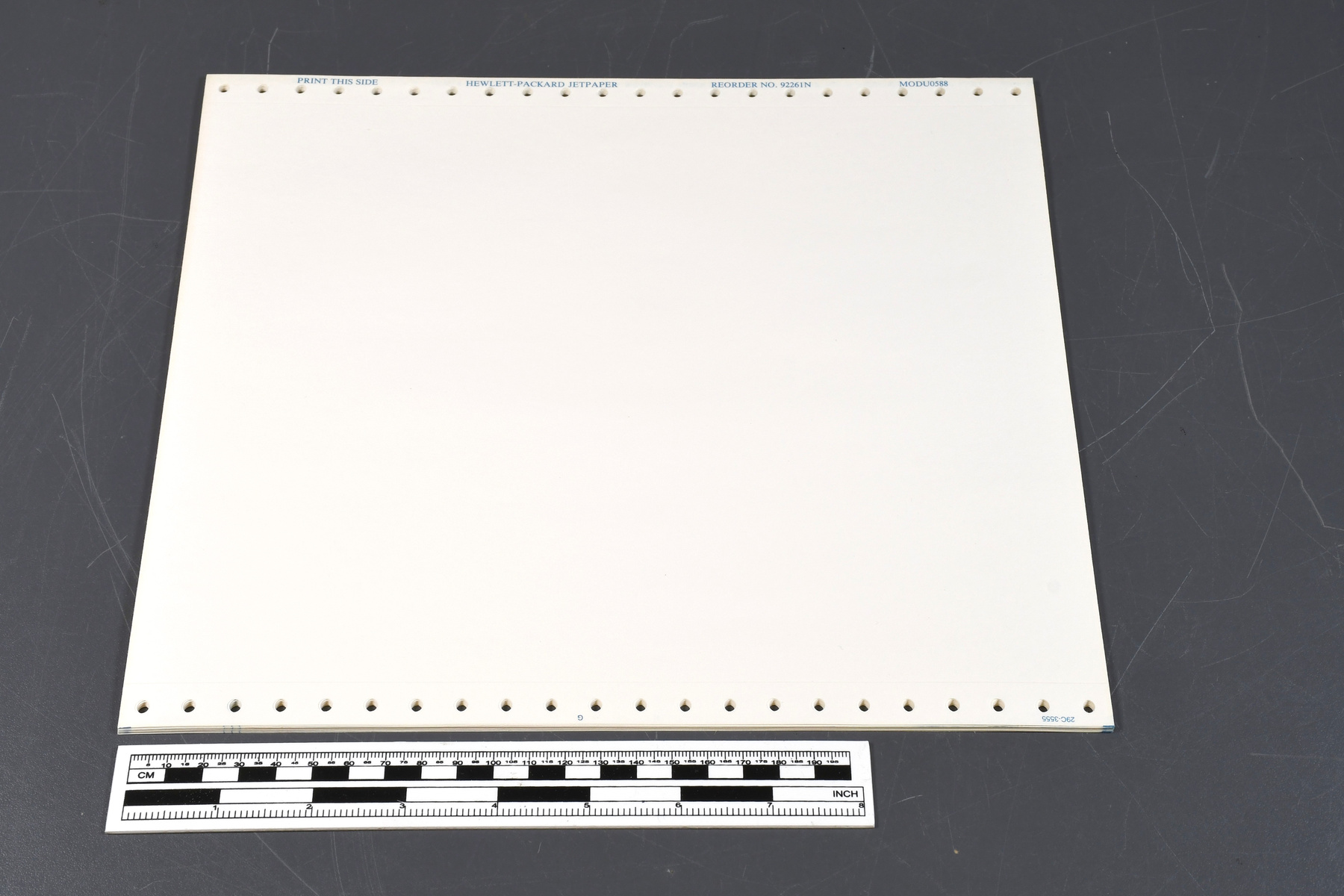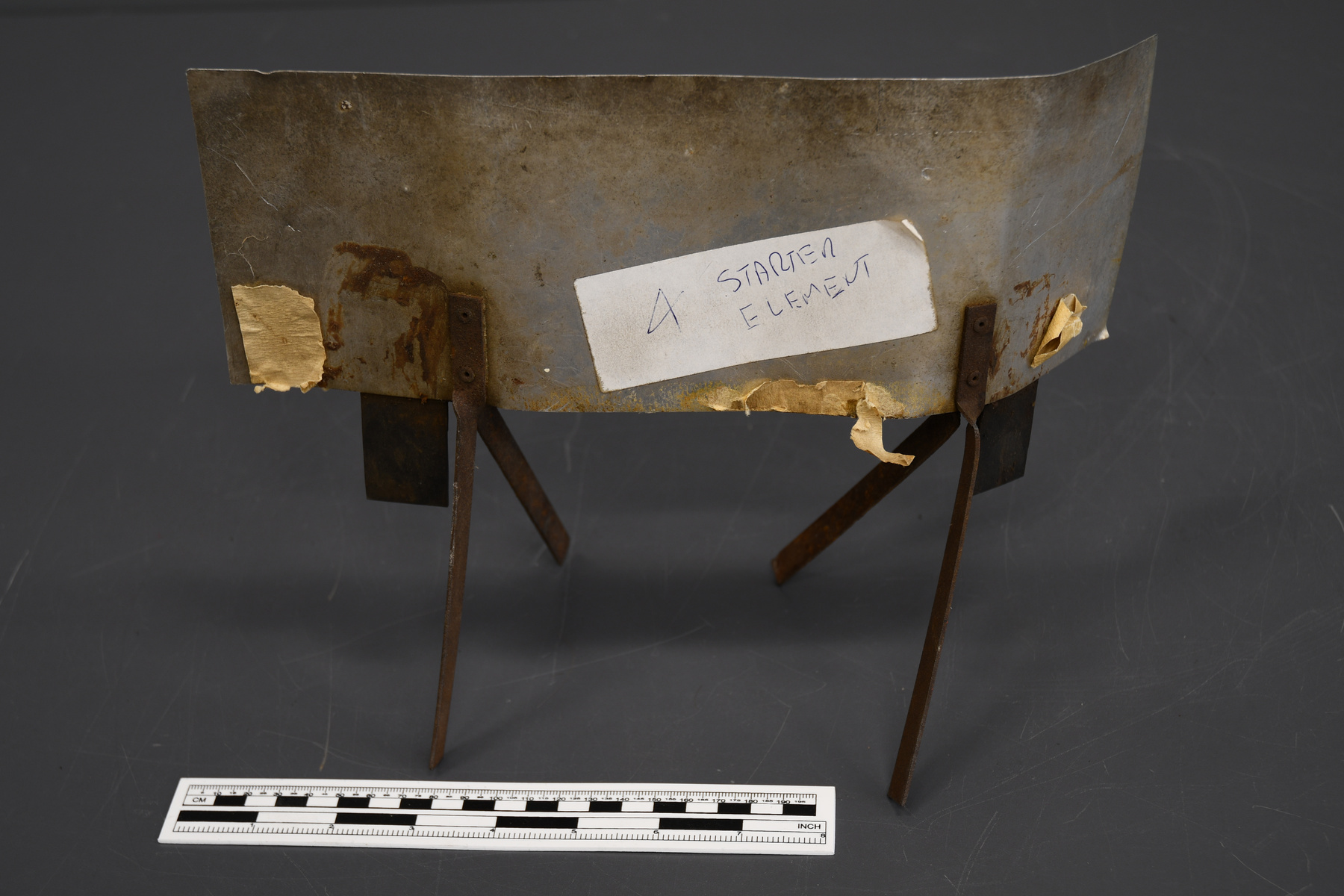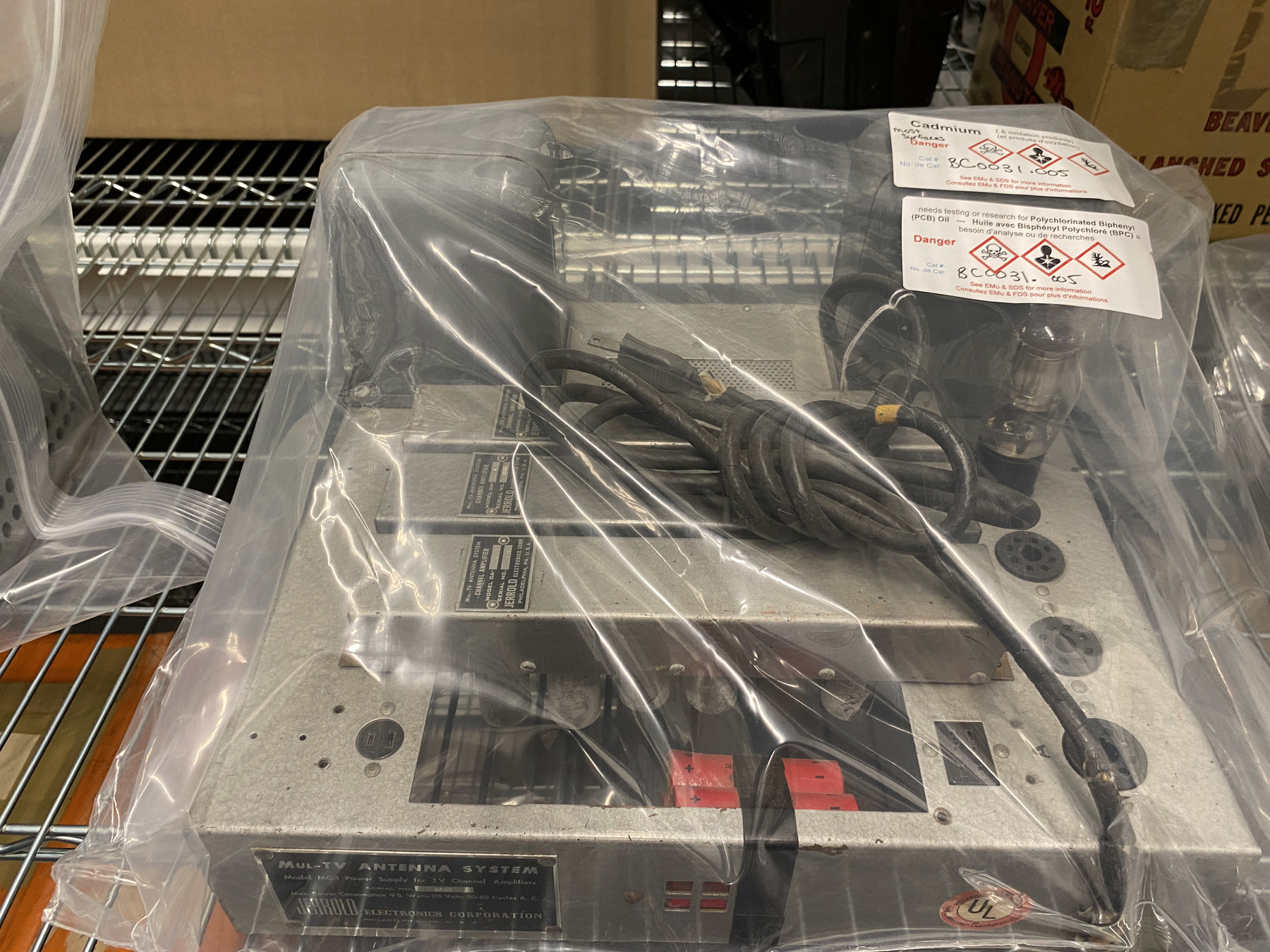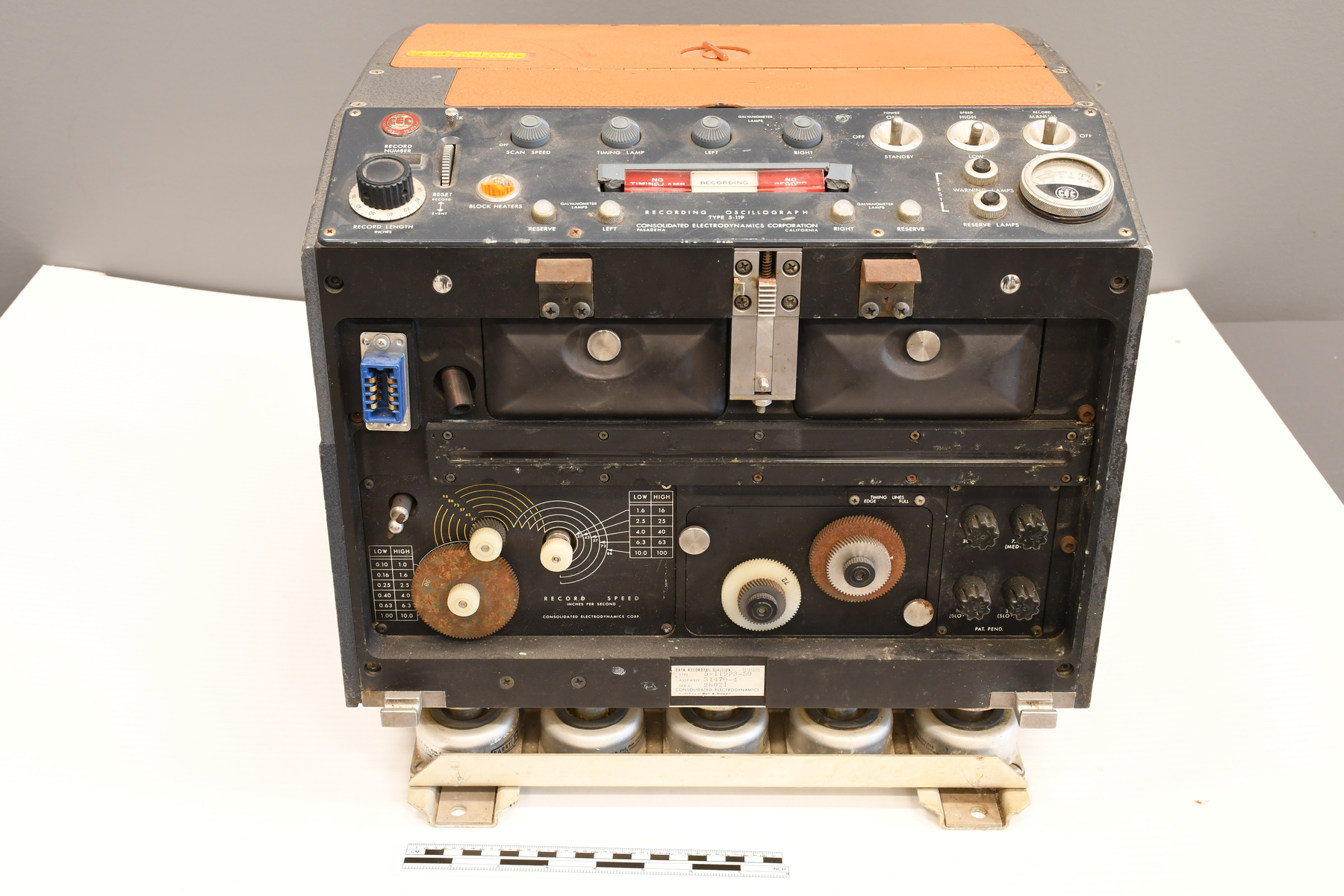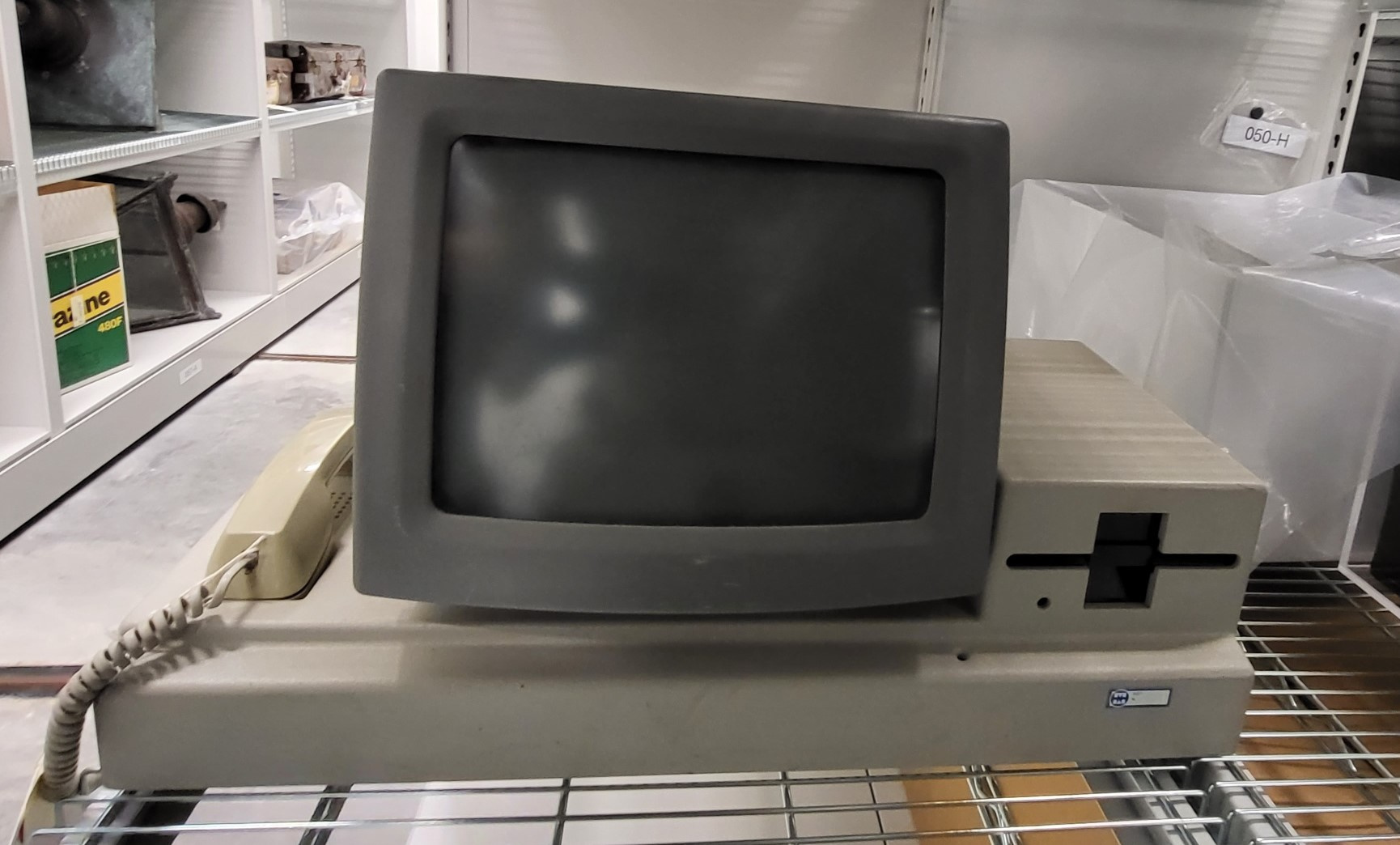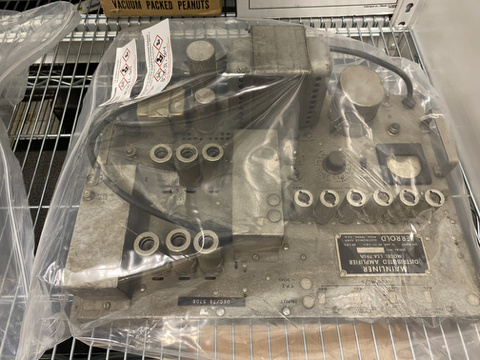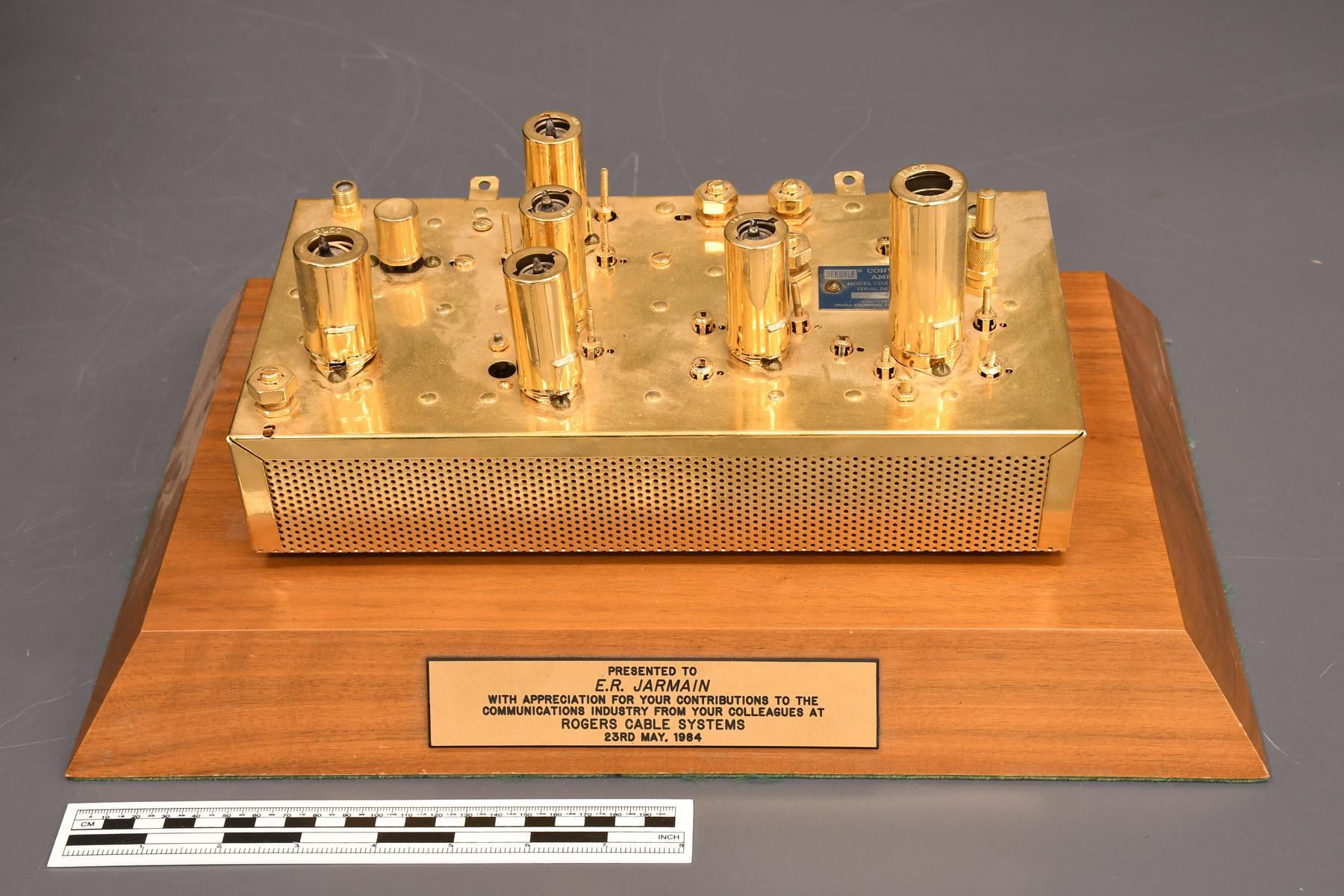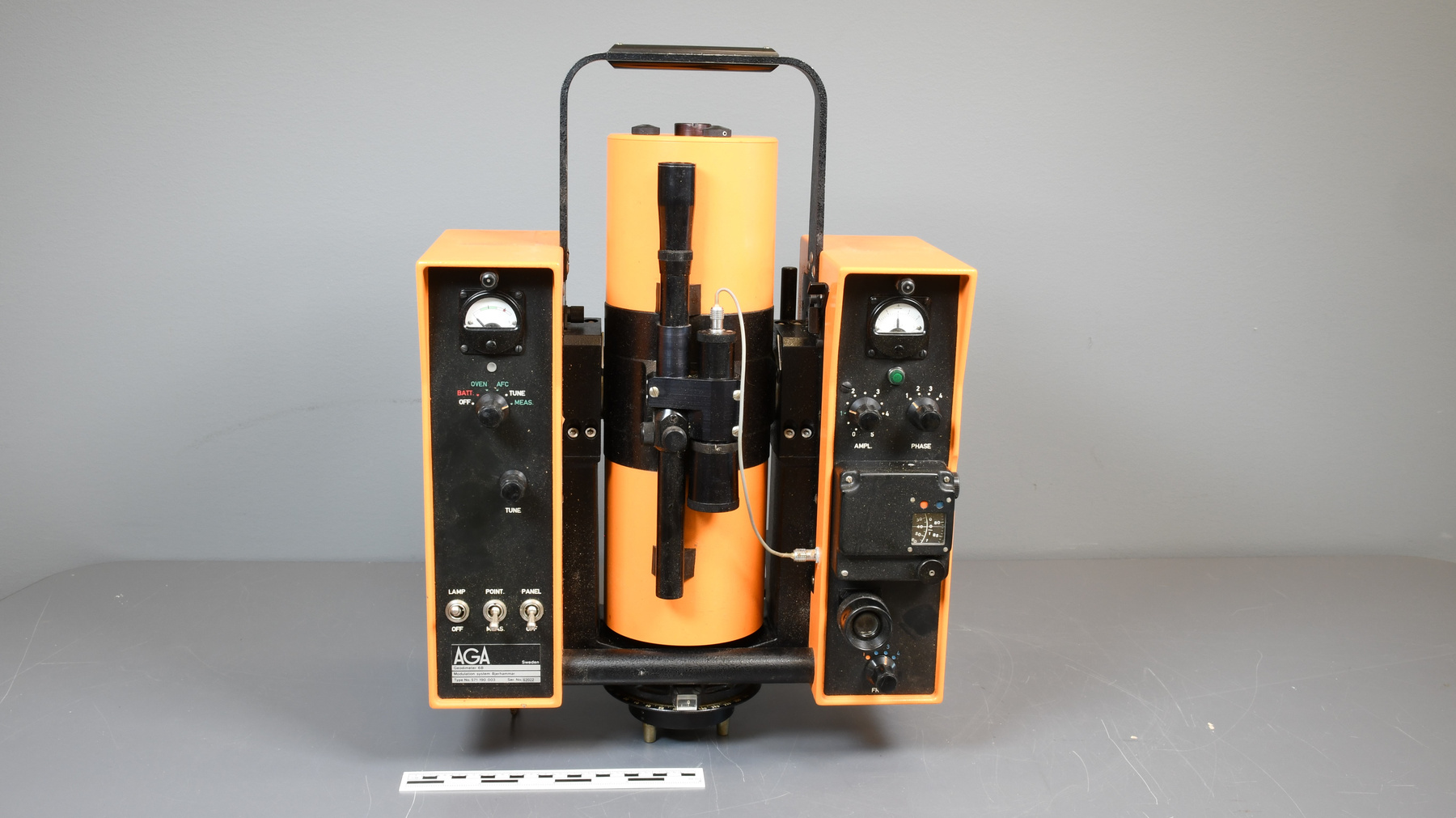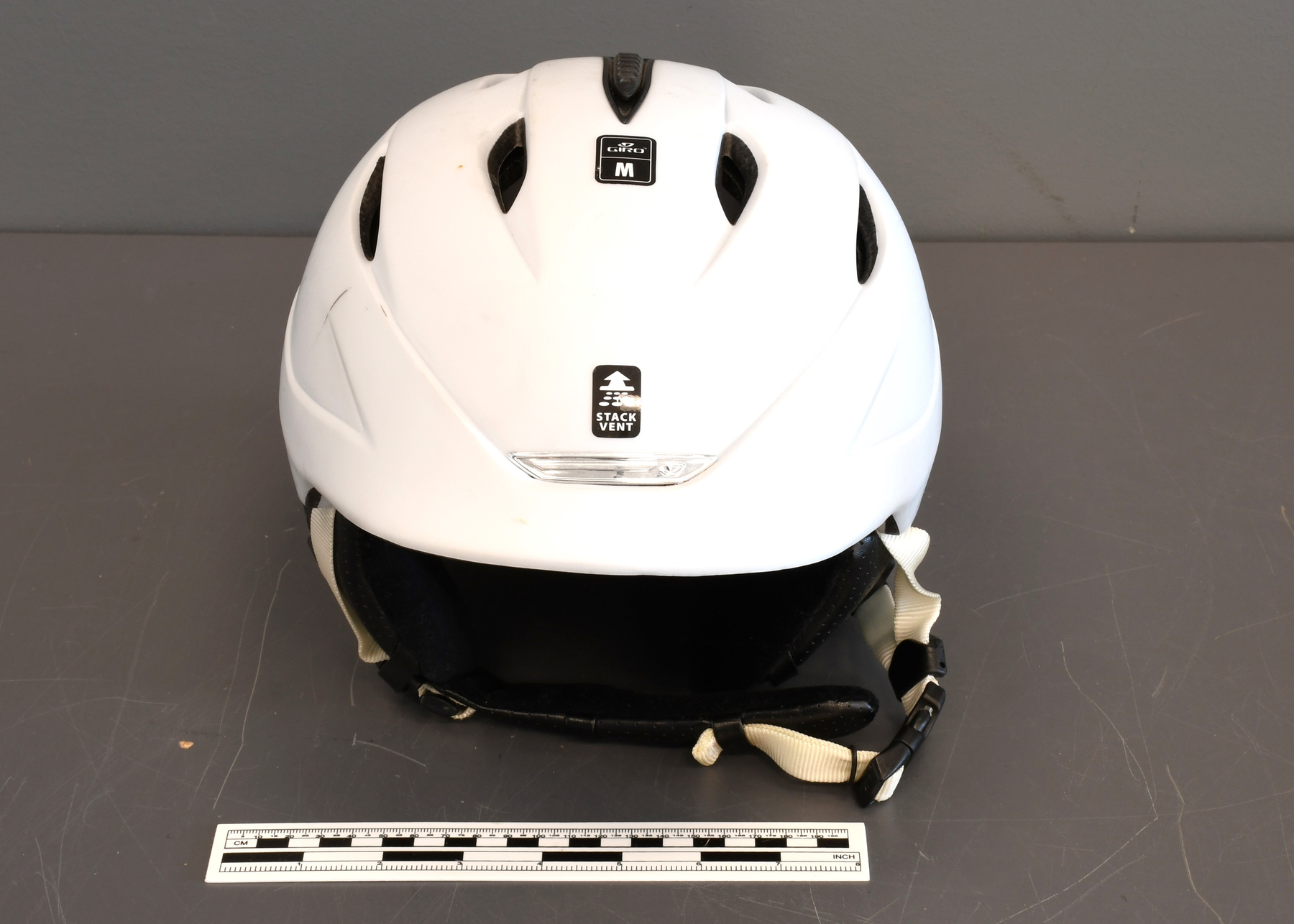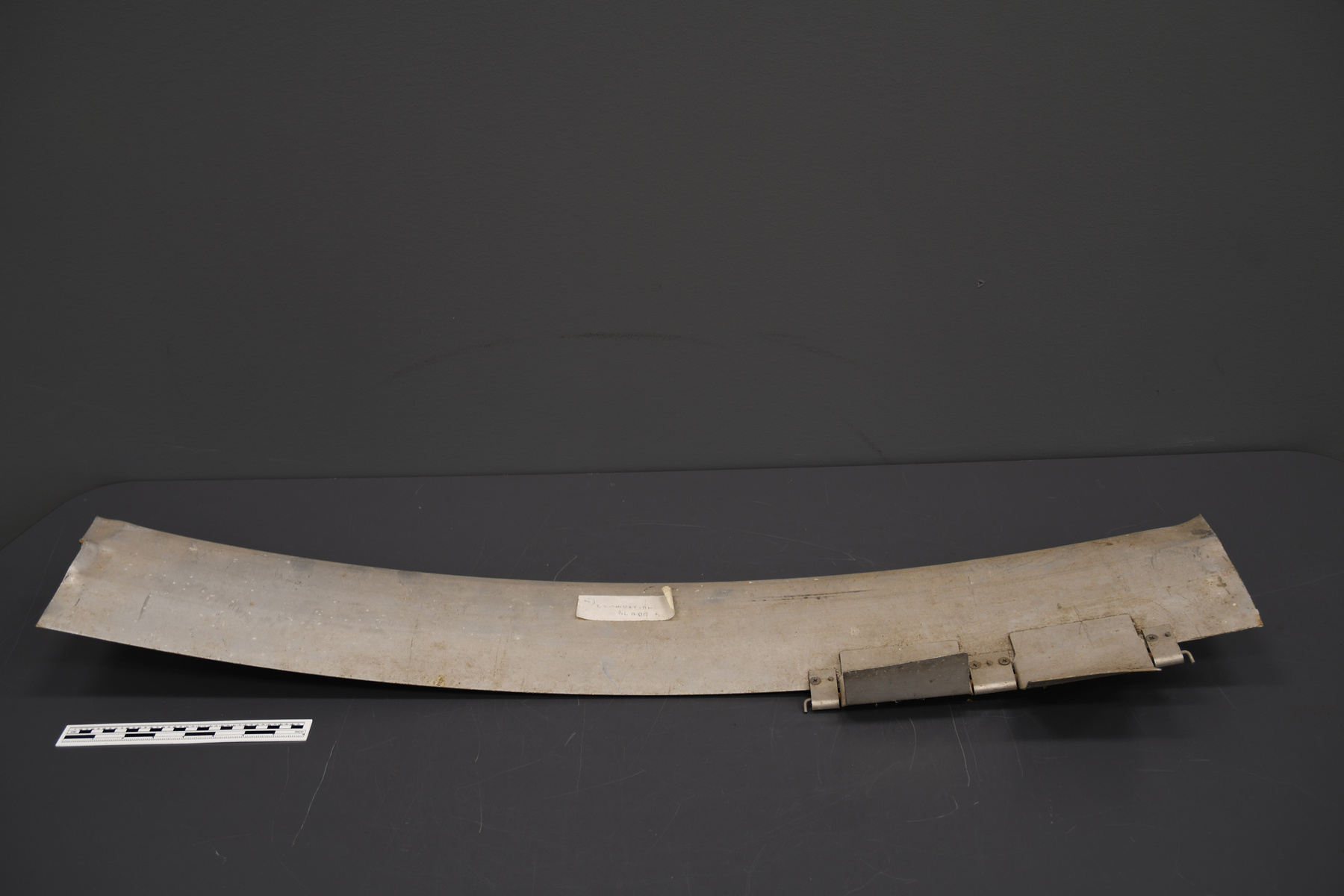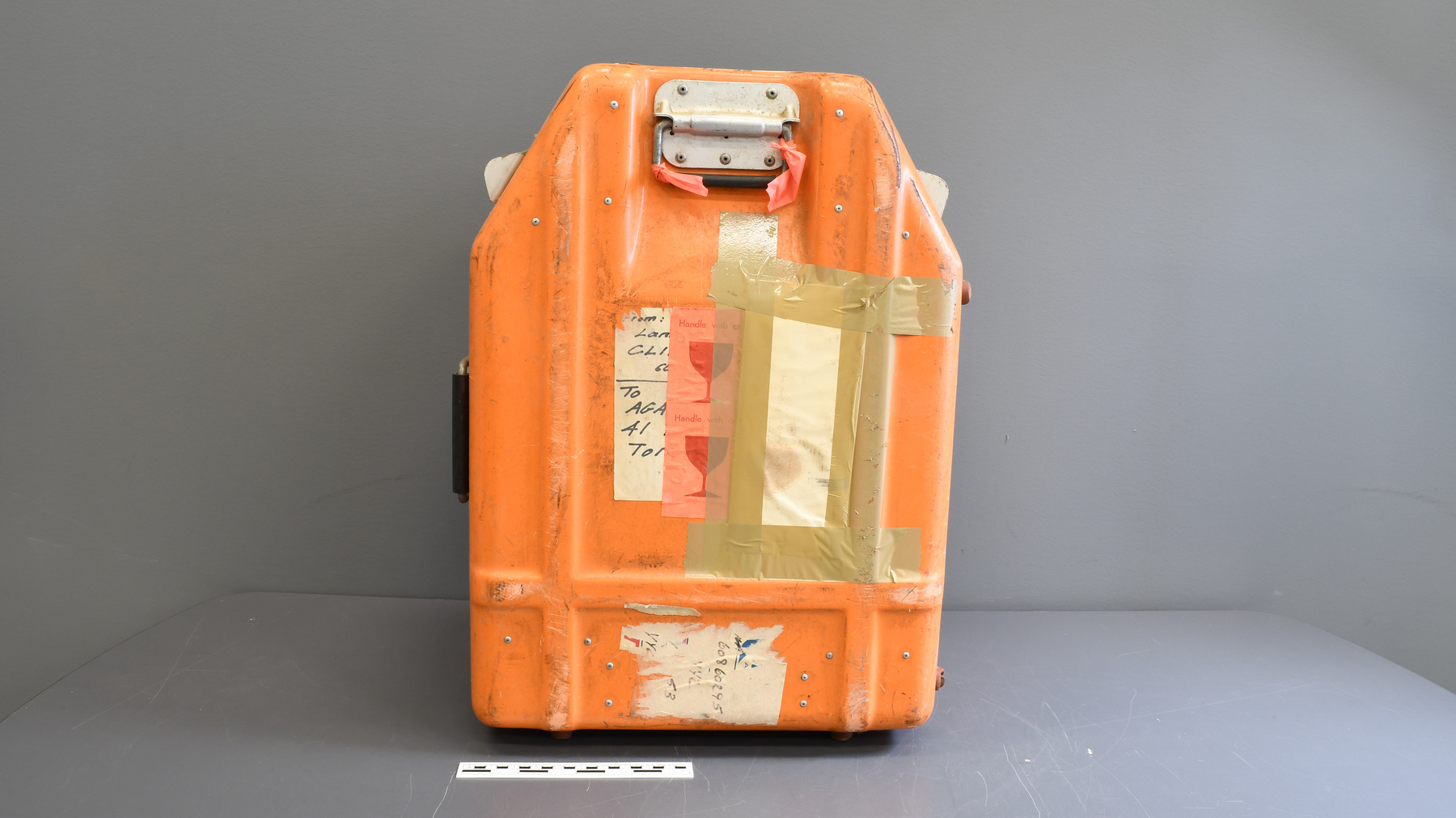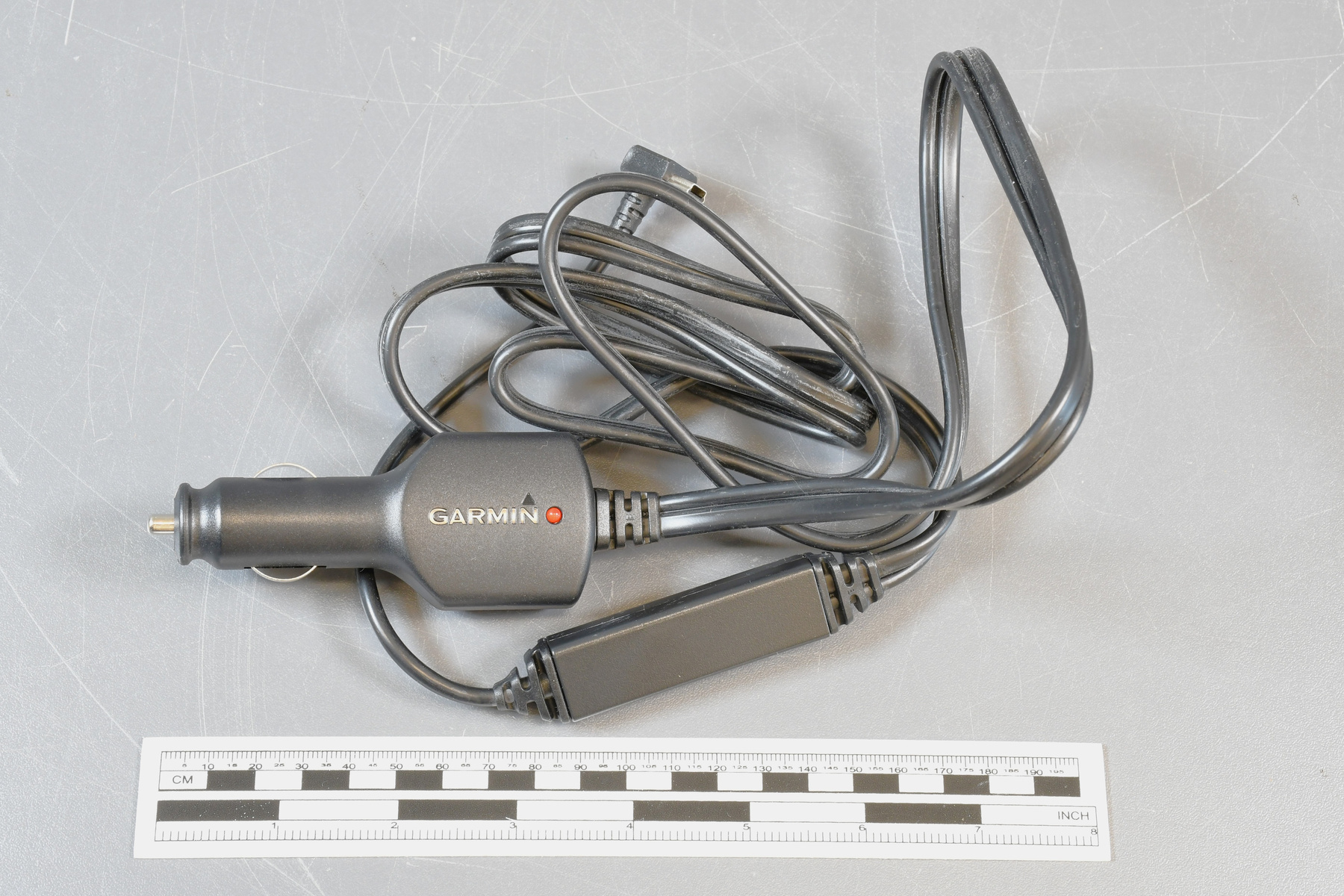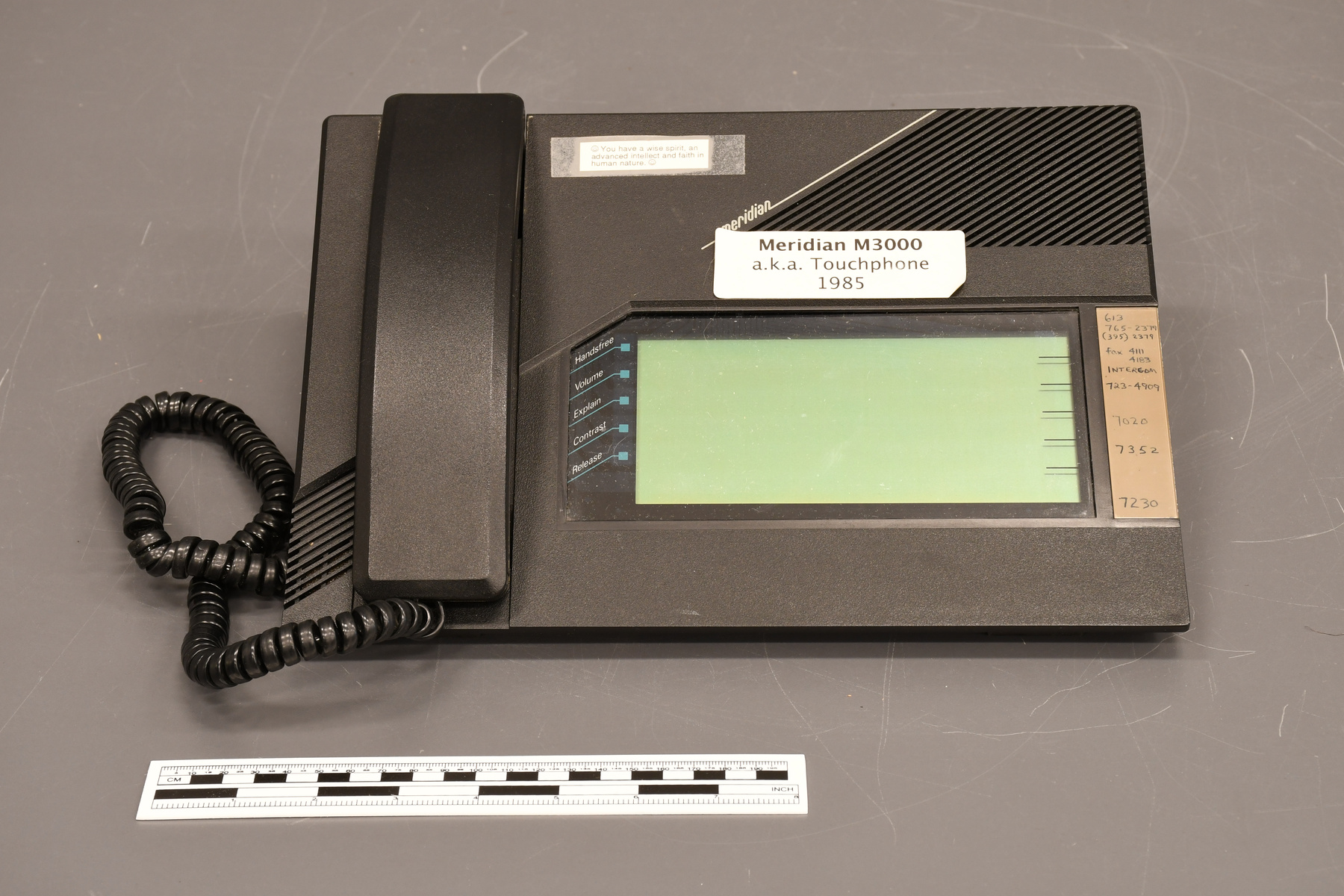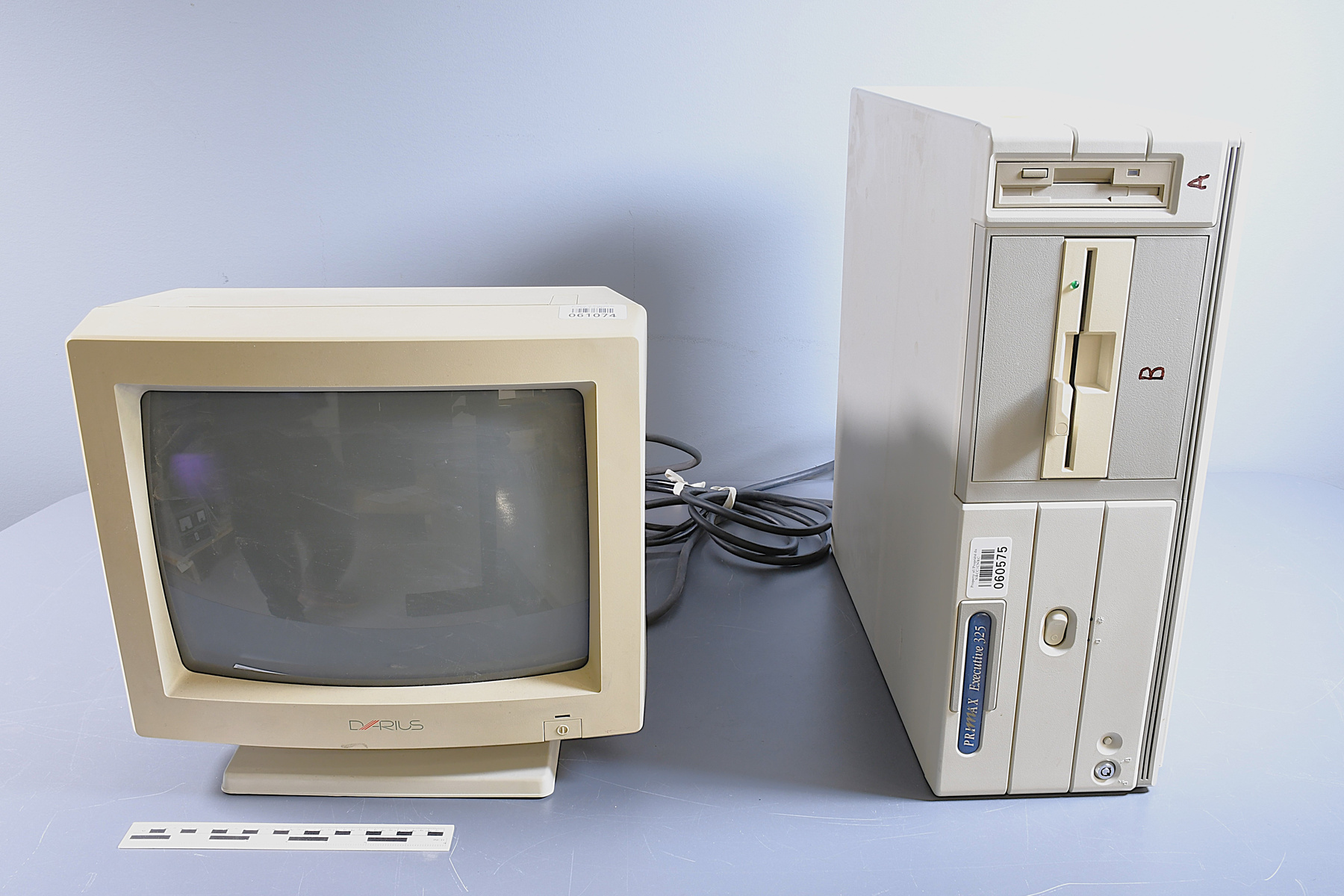Computer
Use this image
Can I reuse this image without permission? Yes
Object images on the Ingenium Collection’s portal have the following Creative Commons license:
Copyright Ingenium / CC BY-NC-ND (Attribution-NonCommercial 4.0 International (CC BY-NC 4.0)
ATTRIBUTE THIS IMAGE
Ingenium,
2008.1873.001
Permalink:
Ingenium is releasing this image under the Creative Commons licensing framework, and encourages downloading and reuse for non-commercial purposes. Please acknowledge Ingenium and cite the artifact number.
DOWNLOAD IMAGEPURCHASE THIS IMAGE
This image is free for non-commercial use.
For commercial use, please consult our Reproduction Fees and contact us to purchase the image.
- OBJECT TYPE
- personal/desktop
- DATE
- 1992
- ARTIFACT NUMBER
- 2008.1873.001
- MANUFACTURER
- Primax Computer Corp.
- MODEL
- 325
- LOCATION
- Toronto, Ontario, Canada
More Information
General Information
- Serial #
- N/A
- Part Number
- 1
- Total Parts
- 2
- AKA
- N/A
- Patents
- N/A
- General Description
- An artifact made of metal, synthetic and resin material/Un objet fait avec du matériel en métal, synthétique et en résine
Dimensions
Note: These reflect the general size for storage and are not necessarily representative of the object's true dimensions.
- Length
- 42.7 cm
- Width
- 16.8 cm
- Height
- 44.2 cm
- Thickness
- N/A
- Weight
- N/A
- Diameter
- N/A
- Volume
- N/A
Lexicon
- Group
- Chemistry
- Category
- Test-measurement equipment
- Sub-Category
- N/A
Manufacturer
- AKA
- Primax
- Country
- Canada
- State/Province
- Ontario
- City
- Toronto
Context
- Country
- Canada
- State/Province
- Ontario
- Period
- 1967-1990s
- Canada
-
The vacuum Ebert spectrograph, developed by Donald A. Ramsey at the NRC, was a central instrument in Canada’s contributions to spectroscopy from approximately 1950 to the 1990s. Lead by Nobel Laureate, Gerhard Herzberg, Canada was a leader in this part of physics in the post WWII era. Using this device, D.A. Ramsey and Barry Lutz were able to confirm that the Kuiper bands of Uranus were made of methane. This finding had eluded scientists since the early days of astrophysics. Ramsey, a gifted experimenter, was able to produce this extremely high-resolution spectrograph, in order to determine the origins of the bands in the laboratory. The laboratory findings were compared with Lutz’s observations and measurements of the Uranus bands. The measurements were based on observations taken at the Mount Hamilton Station of the Lick Observatory, California. Le spectrographe Ebert avec une pression à vide était conçu au NRC par Donald A. Ramsey. L'instrument était primordial pour que le Canada puisse contribuer au domaine de spectroscopie pour plus de quarante ans entre 1950 et les années 1990s. La recherche était menée par Gerhard Herzberg qui était un lauréat pour le prix Nobel. Canada est rapidement devenu le meneur dans ce domaine de la physique après la deuxième Guerre Mondial avec Herzberg en charge. M. Ramsey et Barry Lutz ont réussit à confirmer que les bandes Kuipers de l'Uranus sont faits en méthane en utilisant cette machine. La découverte échappait aux scientifiques depuis l'enfance de l'astrophysique. Ramsey était capable de produire ce spectrographe à haute résolution pour déterminer l'origine des bandes au laboratoire. Le scientifique a pu comparer ces résultats avec ceux de Lutz. Les deux séries de mesurément étaient pris à la station de Mont Hamilton a l'observatoire Lick en Californie. - Function
-
This computer case houses and protects various components of a desktop computer such as its hard drive, CPU or central processing unit, motherboard, and more. Ce boîtier d'ordinateur retient et protèges plusieurs composantes d'un ordinateur de bureau comme un lecteur de disque dur, sa carte principale, son unité centrale (CPU) et encore plus. - Technical
-
This type of spectrograph dates back to the work of Hermann Ebert in 1889. He developed a spectrometer that consisted of an entrance slit, a single concave spherical mirror, a diffraction grating, and a small photographic plate in the plane of the entrance slit. This artifact is a Ramsey spectrograph, a 33-meter multiple-path cell, that produced spectra of the highest resolution at the time. The main body of this spectrograph was made by Fleck Industries before being installed at the NRC. Despite difficult struggles with leaks in the early construction phase of the optical components, large leak detectors (as big as fridges at the time) were installed and used to locate and fix the leaks. The resultant vacuum conditions allowed for much longer exposures and more precise images. This instrument was also a success due to its optics. The initial resolution of the instrument was not as good as expected, and a new mirror had to be ground and installed. The resolution improved significantly. There were also two gratings in this model, one high and the other low resolution. Ce genre de spectrographe est inspiré par le travail de Hermann Ebert en 1889. Il a développé un spectromètre qui possédait une fente d'entrée, un miroir concave et sphérique, un réseau de diffraction et une plaque photographique située sur le plan de la fente d'entrée. Cet artefact est un spectrographe Ramsey qui possède un trajet-multiple de plus de trente-trois mètres qui produisaient une résolution de la plus haute qualité de sa génération. Le corps du spectrographe était fabriqué par Fleck Industries. Malgré les fuites au début de la phase de construction des composantes optiques, l'installation des détecteurs de fuites installer par la suite ont réussi à trouver et arrêter le déluge. Les conditions après l'installation a construit des conditions de pression à vide qui permettait à la machine de développer des images plus précises avec une exposition prolongée. L'instrument était aussi favori grâce à ces composantes optiques. La résolution initiale n'était pas une haute gamme et donc un nouveau miroir a dû être dépoli et installer. Ceci a augmenté la résolution a un niveau requis. Il y avait aussi deux genres de réseau qui accompagnaient ce modèle qui permettait à une résolution base ou celui qui apportait une résolution plus augmentée. - Area Notes
-
Unknown
Details
- Markings
- On the blue door on the front of the artifact/Sur la porte bleue situé sur le devant de l’artefact:“PRIMAX Executive 325”, Sur l’autocollant blanc situé à côté de la porte sur le devant de l’objet:“Property/Propriété du/NRCC/CNRC/060575”,The markings on the back of the artifact read in part/Les marques sur le dos de l’artefact lit en partie:“PRIMAX/COMPUTER/CORPORATION/BUSINESS/WORLD/SALES AND SERVICE/ONTARIO/QUEBEC/NATIONAL”,On the white manufacturing sticker on the back/Sur l’autocollant du fabricateur blanc sur le dos de l’artefact: “MODEL NO./MODÈLE NO 325/POWER 115V/ALIMENTATION 60Hz/ELECTRIQUE 5A/PROUDLY MADE IN CANADA/FIÈREMENT FABRIQUÉ AU CANADA/SA, PRIMAX/COMPUTER CORPORATION/TORONTO CANADA”,On the silver sticker on the proper right side of the back of the artifact/ Sur l'autocollant de couleur argent situé sur le bon côté droit de l'artefact: “RADIO NOISE EMISSIONS CERTIFICATION/PURSUANT TO/CANADIAN DEPARTMENT OF COMMUNICATIONS/THIS DIGITAL APPARATUS DOES NOT EXCEED THE CLASS B/LIMITS FOR RADIO NOISE EMISSIONS FROM DIGITAL/APPARATUS AS SET OUT IN THE RADIO INTERFERENCE/REGULATIONS OF THE CANADIAN DEPARTMENT OF/COMMUNICATIONS.”,On the cable head on the back of the artifact/Sur la tête du câble qui sort du dos de l'objet: “COMPUTER INTERFACE HIGH PRECISION SHIELDED CABLE CTI [star symbol] 444015”.
- Missing
- Appears complete/L'objet a toutes ces pièces.
- Finish
- An artifact that is rectangular in shape and made of grey and beige synthetic material. The front of the artifact has a blue door on its bottom proper right corner with lettering on it. A white sticker is above it and a power button and a switch sit on its opposite side. Above the door are two slits that sit perpendicular to on another that could be for floppy discs. The proper left side of the artifact has four circular feet made of rubber that can be used to turn the object on its side.The back of the artifact has a metal fan hood as well as a white and silver manufacturing sticker. Three synthetic cables are attached to the back of the object. Two cables are black and one cable is grey. Un artefact qui est fait en forme rectangulaire. Le corps de l'objet est fait avec un matériel synthétique de couleur grise et beige. Le devant de l'artefact a une porte bleue dans en bas sur le bon côté droit. La porte a un lettrage dessus. Un autocollant blanc est positionné directement au-dessus de la porte. Un bouton d'alimentation ainsi qu'un interrupteur est visible l'autre côté de la porte. En haut de la porte il y a deux portes perpendiculaires un à l'autre pour des disquettes. Le bon côté gauche de l'objet a quatre pieds faits en caoutchouc pour permettre à l'artefact d'être couché sur son côté. Le dos de l'artefact a un capot de ventilateur ainsi que deux étiquettes du manufacturier. Un est blanc et l'autre est argent en couleur. Trois câbles synthétiques sortent du dos de l'artefact. Un câble est gris et les deux autres câble sont noirs.
- Decoration
- N/A
CITE THIS OBJECT
If you choose to share our information about this collection object, please cite:
Primax Computer Corp., Computer, circa 1992, Artifact no. 2008.1873, Ingenium – Canada’s Museums of Science and Innovation, http://collection.ingeniumcanada.org/en/id/2008.1873.001/
FEEDBACK
Submit a question or comment about this artifact.
More Like This

